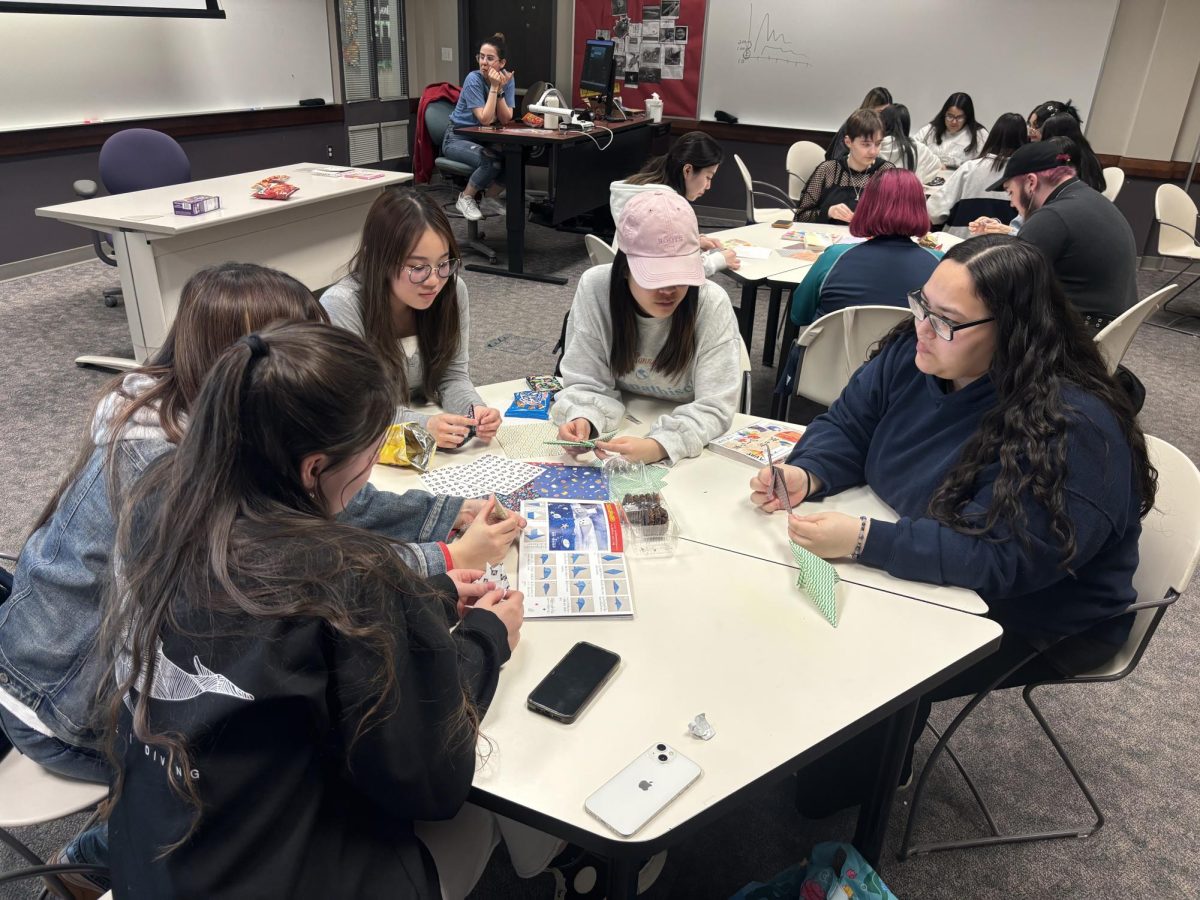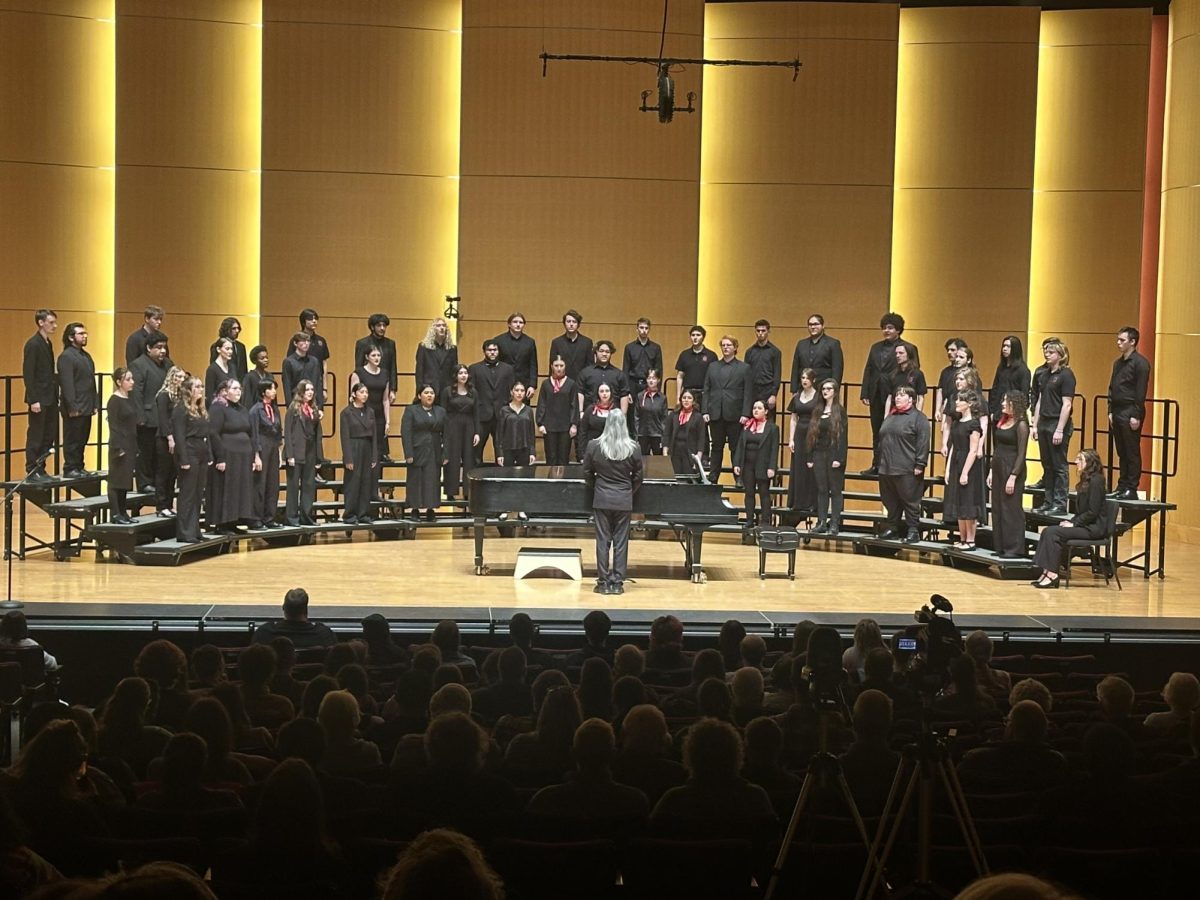The Manastash is CWU’s longest-running literary journal, with the 34th annual volume launching last week. To celebrate the individuals who had their work published in the journal, the English class 485 put on a launch and reading party through SOURCE. This was when the writers got a chance to read their work aloud to the audience, share their work with their peers and celebrate the accomplishment.
Being selected to have your work published in the journal is a great honor and can help writers in their future careers. “Events like the Manastash Launch forge a greater sense of community on the creative spectrum in academia, something I feel doesn’t get enough support anyway,” Lee Beck, senior English professional and creative writing major and assistant copy desk editor for The Observer, said. “Literary works especially don’t get as much attention as other creative showcases, such as concerts or art exhibitions, despite the literary arts being a pillar of support for a broad spectrum of creative works.”
Publishing your work is a major accomplishment; many authors work on their projects for weeks, months or even years. “I’ve been writing ever since I was little, and it’s always been a dream of mine to write professionally,” Beck said. “Now that I’ve been published there’s an overwhelming sense of pride coming from the little kid who just wanted to write stories.”
The journal is special for all those involved, the writers, the editors, the designers and all the teams that work together to make this event and journal unique. “I was really excited when I got to be a part of it, and getting to be the managing editor was even extra special because that’s exactly what I want to be after I graduate,” Trina Junkert, first-year English professional and creative writing major and the managing editor of The Manastash, said. “It’s been a huge amount of effort and excitement for me, it’s exactly what I was going for.”
The process of editing, designing and formatting the journal takes a solid team effort, dedication and a lot of time, starting in the fall. “It was a whole joint effort of the entire class, putting everything together and collaborating with each other and communicating so that it all came together in one big piece or the very end,” Junkert said. This journal is a labor of love created by the students, instructors and staff who contribute, making it memorable for the readers.
The Manastash invites everyone in the community to submit their work, whether it is hybrid work, poetry, fiction or visual art, each academic year. The theme for the next volume of The Manastash will be, “Invisible Worlds.” Submissions are open now until Feb. 7, 2025, for more information regarding the submission requirements, go to Manastash.org.








